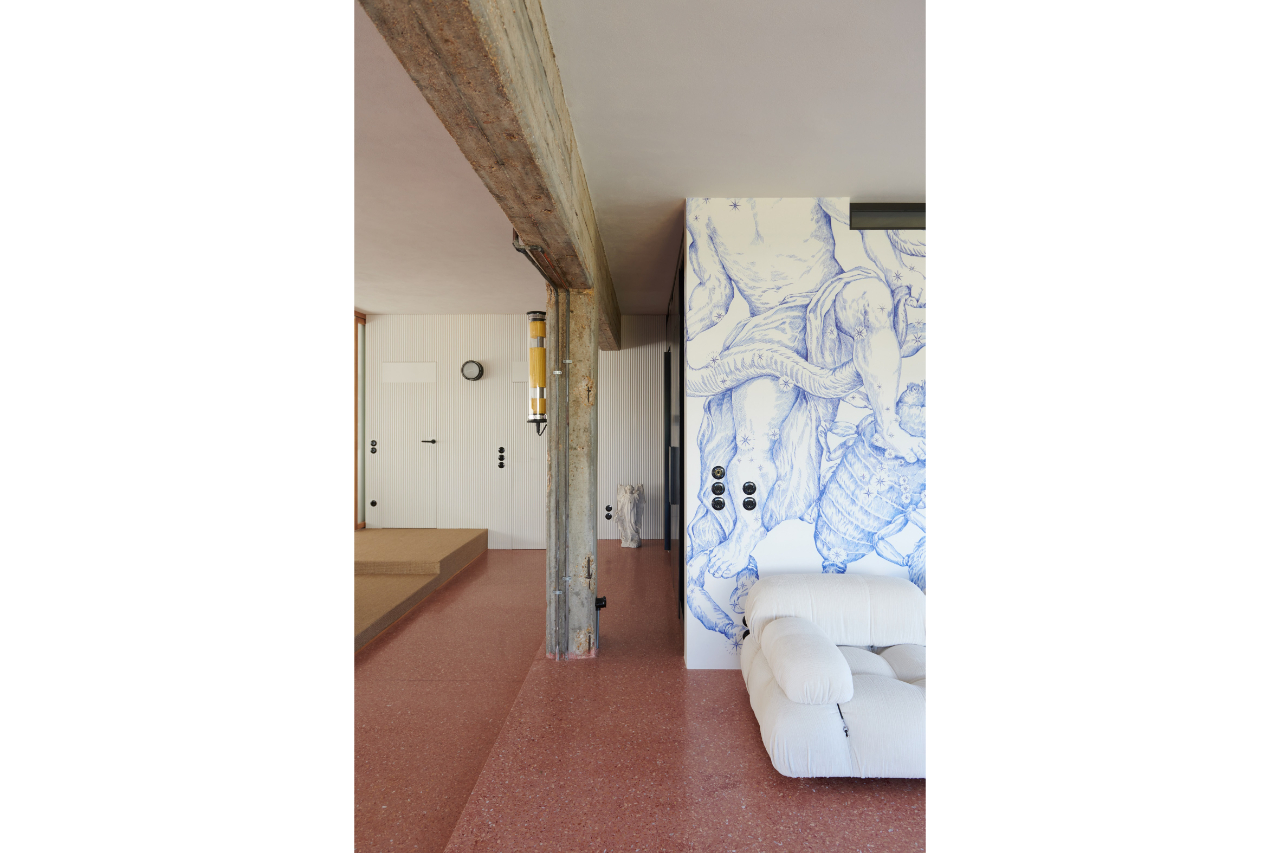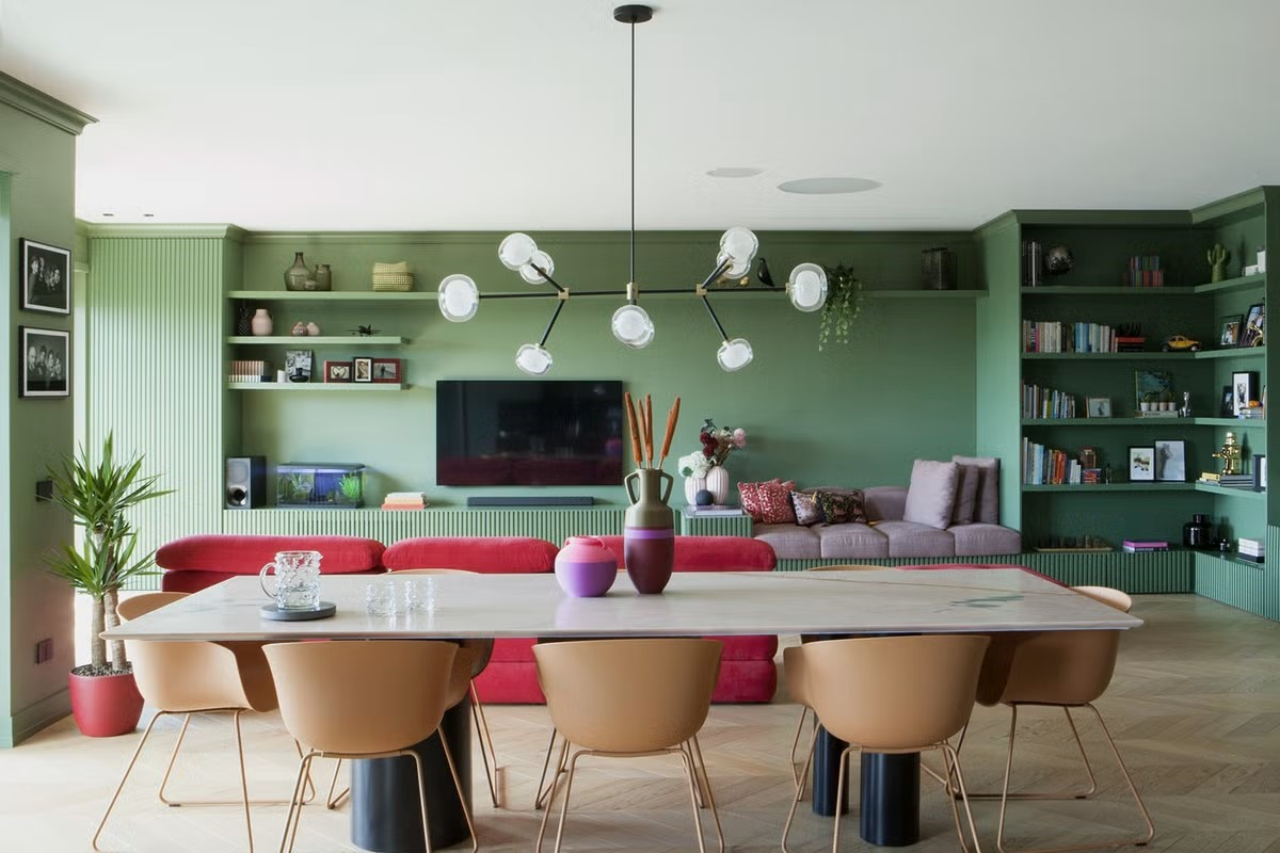































Arabella Rocca Design. Photo Credit Daniele Vergari and Ingrid Taro
The New Spaces of Living: Stages of Expression and Transformation
In recent years, the concept of "living" has undergone a profound evolution. Our homes are no longer merely places of refuge but dynamic environments that respond to our needs for expression, interaction, and connection with the outside world. This change is not only physical but also emotional and symbolic. The home has become a stage where individuals can express their bond with the natural environment, incorporating objects and materials that interact with the surrounding space.
Today, designers no longer conceive homes as stable, unchanging spaces; rather, they are tasked with creating environments that are constantly transforming, where every element—from chosen materials to symbolic objects—contributes to the creation of a fluid living ecosystem capable of adapting. This is one of the key lessons learned from recent challenges: the need for spaces that evolve with us, open up to the world, and allow our identities to grow and transform, just as homes do.
Spaces Open to the World
We no longer see the home as a closed refuge but rather as an open environment where nature and the outside world become part of our daily lives. Our desire to explore and feel part of something larger has reshaped the function of homes, turning them from places to hide into spaces that welcome the world. The pandemic taught us not to retreat but to find new ways of living and interacting with spaces and people.
Homes, especially second homes, have now become places where we can unleash our desire for expression, using objects and materials that represent our connection to the surrounding territory. In this sense, the home not only resembles us but also reflects the place it inhabits, becoming a point of connection between us and the natural environment. The objects within these homes are not merely furnishings but symbolic totems representing our deep connection with the context, with the places we inhabit, and with our evolving identities.
Symbolic Objects: The Dialogue Between Us and the Environment
In this new concept of living, objects play a central role as symbols and totems. They embody our desires and narrate the relationship between the home and the natural environment. Each element we choose is not just decorative but becomes part of a personal story that unfolds within our living space. In this sense, the home is a continuously evolving environment that does not protect but welcomes, does not isolate but connects.
In a future that looks beyond crises and uncertainties, the home will no longer be a static place of refuge but a living stage where we can represent our freedom, our change, and our connection with nature.